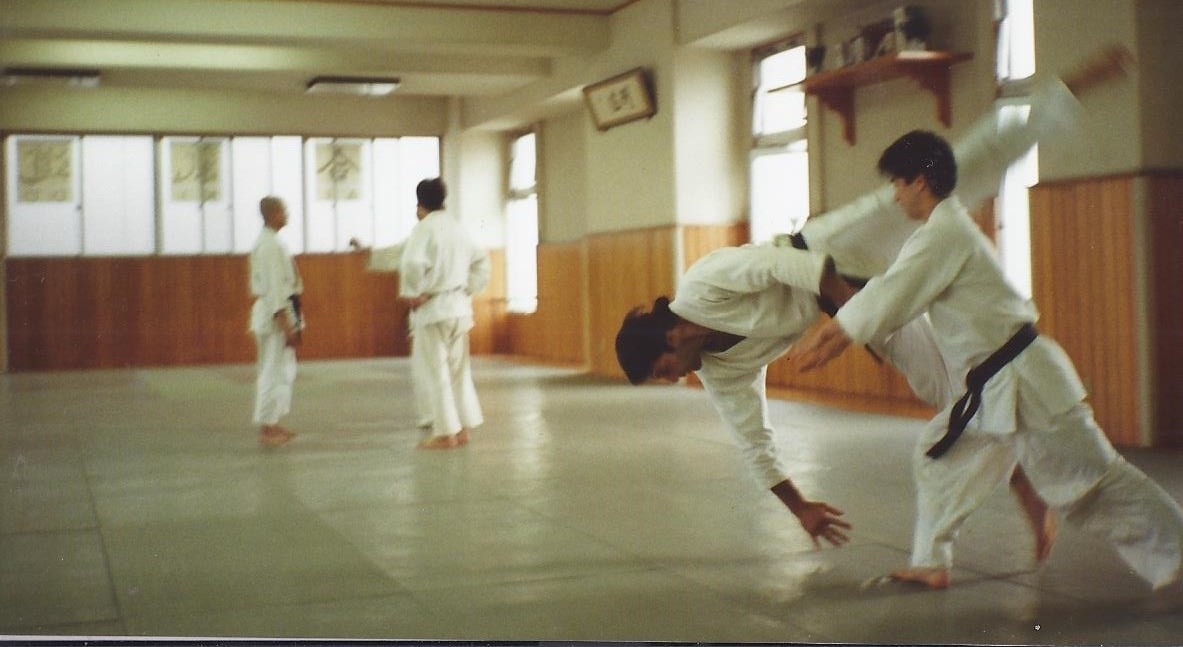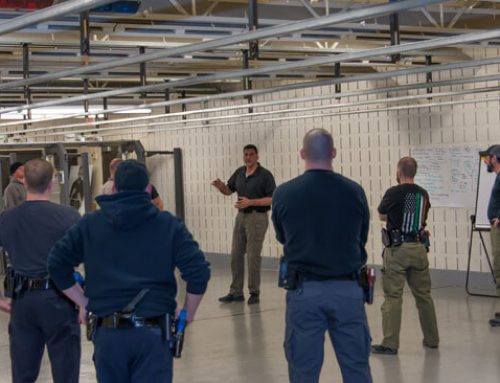After years of study in Yoshinkan Aikido—one of the hardest-hitting of the traditional Aikido styles—I was invited to train at the Honbu Dojo in Tokyo, Japan. It was the original hand-to-hand training school for the renowned, respected Tokyo Riot Police, for their street-effective technique.
During one memorable training session, in freestyle sparring (randori), as I was being tossed across the dojo (training area) like a trash bag, one of my teachers (sensei) noticed how often my brain bucket bounced off the hard, cold, floormats (tatami). He kindly stopped the beat down and asked me if I enjoyed being face-planted to which I, looking up humbly from the ground, replied, “No, sir.” He then said with a polite smile, “You are out of time. You must fix your timing.” He could see I had the requisite technical skills, but needed to step up my game. To accomplish that, I needed to improve my timing.
Timing. Given my plentiful years ensconced in the martial arts, you would think I would have learned about the critical importance of timing. However, at this high-performance level, it was made abundantly clear to me that timing was paramount.
When it comes to personal-defensive measures, whether it’s boxing, ground fighting, (fill in the blank here), timing—especially at advanced-practitioner levels—becomes an inextricable performance necessity….[Read More]


